HafenCity in Hamburg is Europe’s largest inner-city development project. It’s wild to think almost two square kilometers of old port and warehouse land now buzz with life as a modern city district.
When I wandered its streets along the Elbe River, I felt the collision of bold new buildings and Hamburg’s layered history. People now live, work, and unwind in spaces that once echoed with the sounds of industry.
My adventure took me from brick warehouses to glass towers, past public squares where locals and travelers mingle. Unique architecture rises right next to reminders of the city’s port roots.
All this sits in a neighborhood built for sustainable living and community.
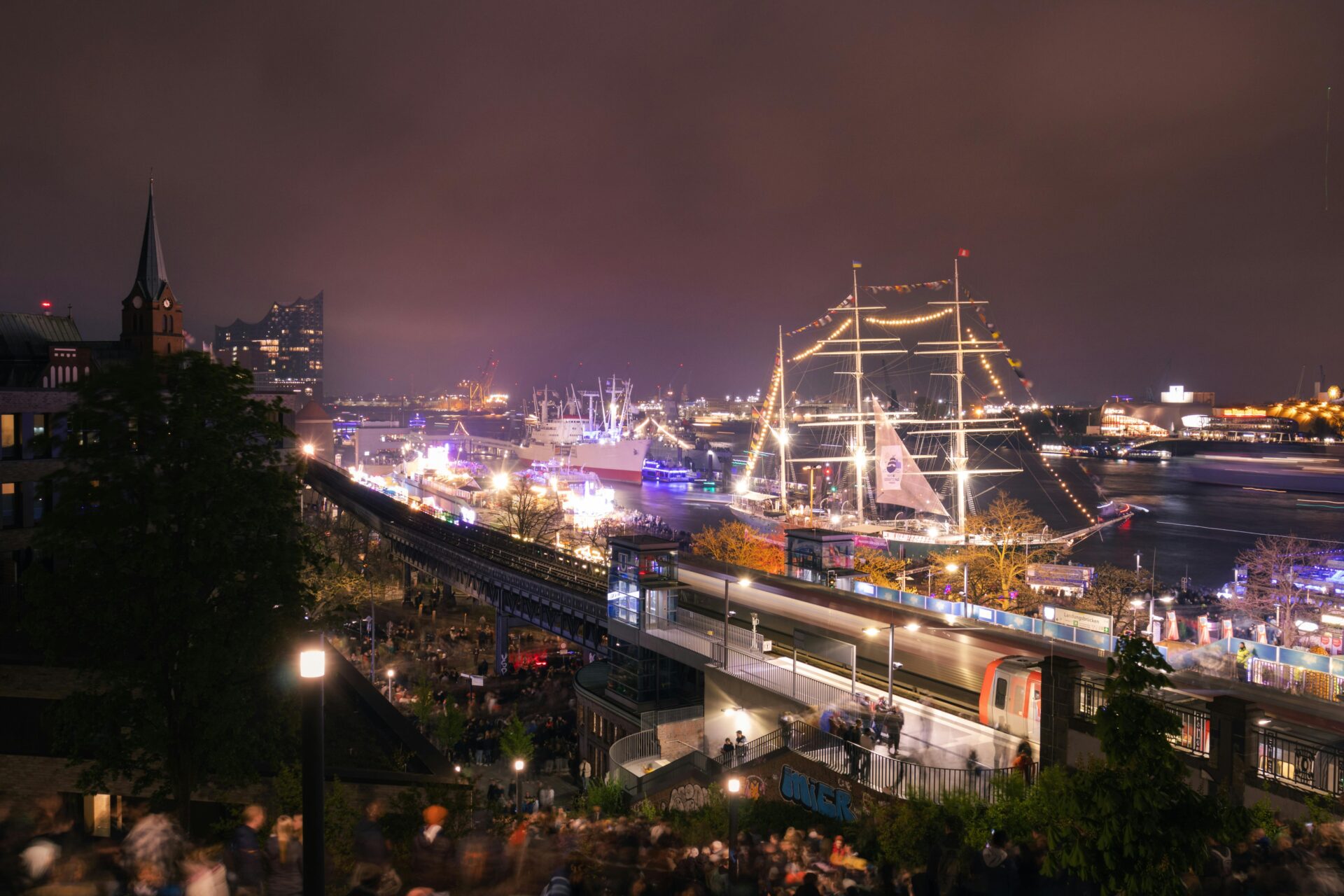
Origins of HafenCity Hamburg: From Historic Port to Modern Urban Development
HafenCity grew on land shaped by centuries of trade and the gritty work of transforming an old port into a lively city district.
Here’s what I learned about how history, geography, and a bit of government vision pulled together to create Europe’s biggest inner-city project.
Speicherstadt: Legacy of Old Warehouses
At the core of HafenCity’s story stands the Speicherstadt—the famous warehouse district. Built in the late 1800s along the Elbe, these red-brick giants stored coffee, tea, spices, and carpets from every corner of the globe.
They sit on oak piles, with canals—or “Fleete”—threading between them so ships could unload goods right at the doors.
Today, Speicherstadt is a UNESCO World Heritage Site. Many original details remain, but now you’ll find museums, offices, and creative studios inside.
This mix of old customs houses and modern city life gives HafenCity its unmistakable character. I love crossing the bridges and cobbled lanes—there’s still a pulse of the area’s trading past.
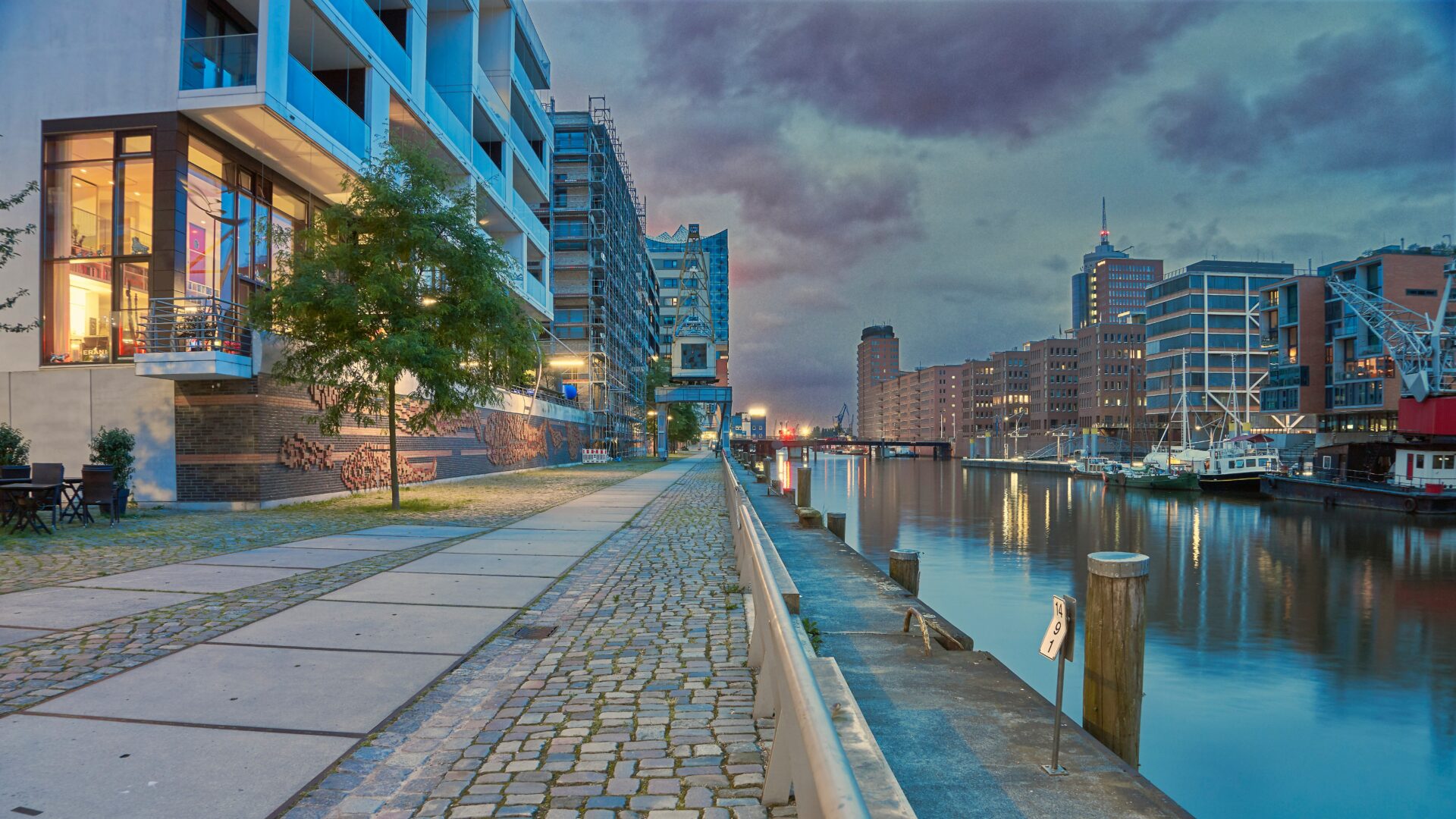
Transformation of the River Elbe Waterfront
The Elbe River played a huge role in how HafenCity changed. The original port grew up where the Alster meets the Elbe, expanding as trade boomed.
As shipping technology shifted and global trade patterns changed, parts of the port fell silent.
Those empty docklands became a blank canvas for something new. The city took over big stretches of the Elbe’s north bank, opening them up for redevelopment.
Now, downtown Hamburg connects directly to the river. The waterfront is alive with public spaces, homes, offices, and cultural buildings right by the water.
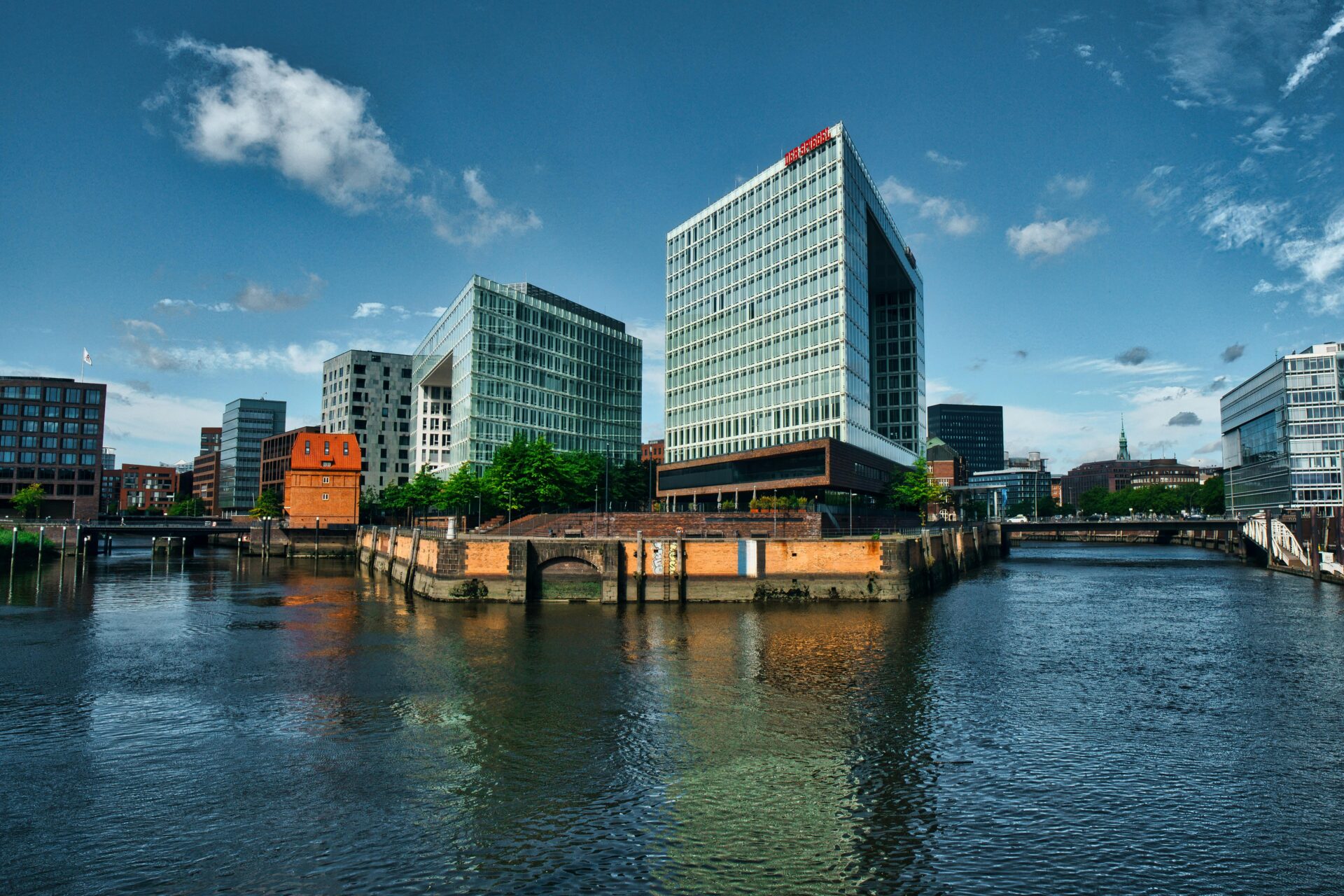
Role of the Hamburg Senate in the Master Plan
The Hamburg Senate really drove HafenCity’s transformation. Back in the late 1990s, they decided to launch one of Europe’s boldest urban regeneration projects.
The Senate kicked off a master plan to redevelop the old port with a mix of uses, lots of public space, and a focus on sustainability.
I discovered that this plan mapped out streets, parks, and neighborhoods, even down to the rules for building heights and architectural style.
The city teamed up with developers, architects, and locals to create a district full of homes, offices, shops, and cultural spaces.
The Senate’s steady hand kept HafenCity’s growth organized. Their vision helped the project move from dream to reality.
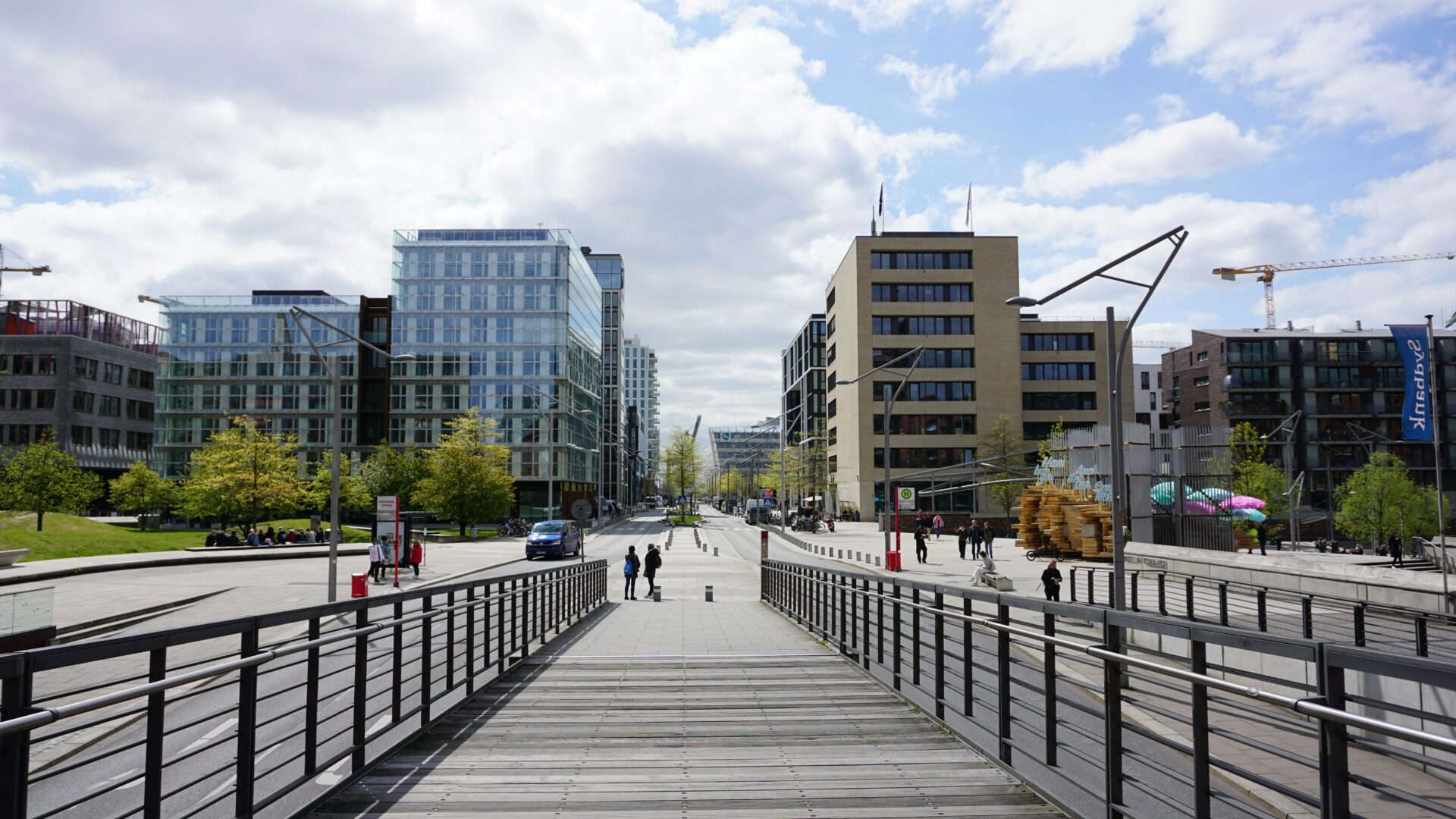
Architectural Evolution: Blending Old and New
HafenCity has morphed from a place of warehouses and factories into a district dotted with striking new buildings and inventive design.
Today, modern towers and iconic landmarks share space with homes for global companies.
Modern Architecture and Skyline Redefinition
The skyline grabbed my attention the moment I arrived. Old brick warehouses stand shoulder to shoulder with sleek glass and steel buildings.
This clash of new and historic styles gives HafenCity a look all its own.
Architects have pushed for a bold urban vibe. Offices and apartments feature dramatic shapes and big windows.
Tree-lined paths and open plazas break up the space, making it feel light and airy.
Now, you see sharp angles and gleaming surfaces next to Hamburg’s classic brickwork. It’s a careful blend—honoring the past but always leaning forward.
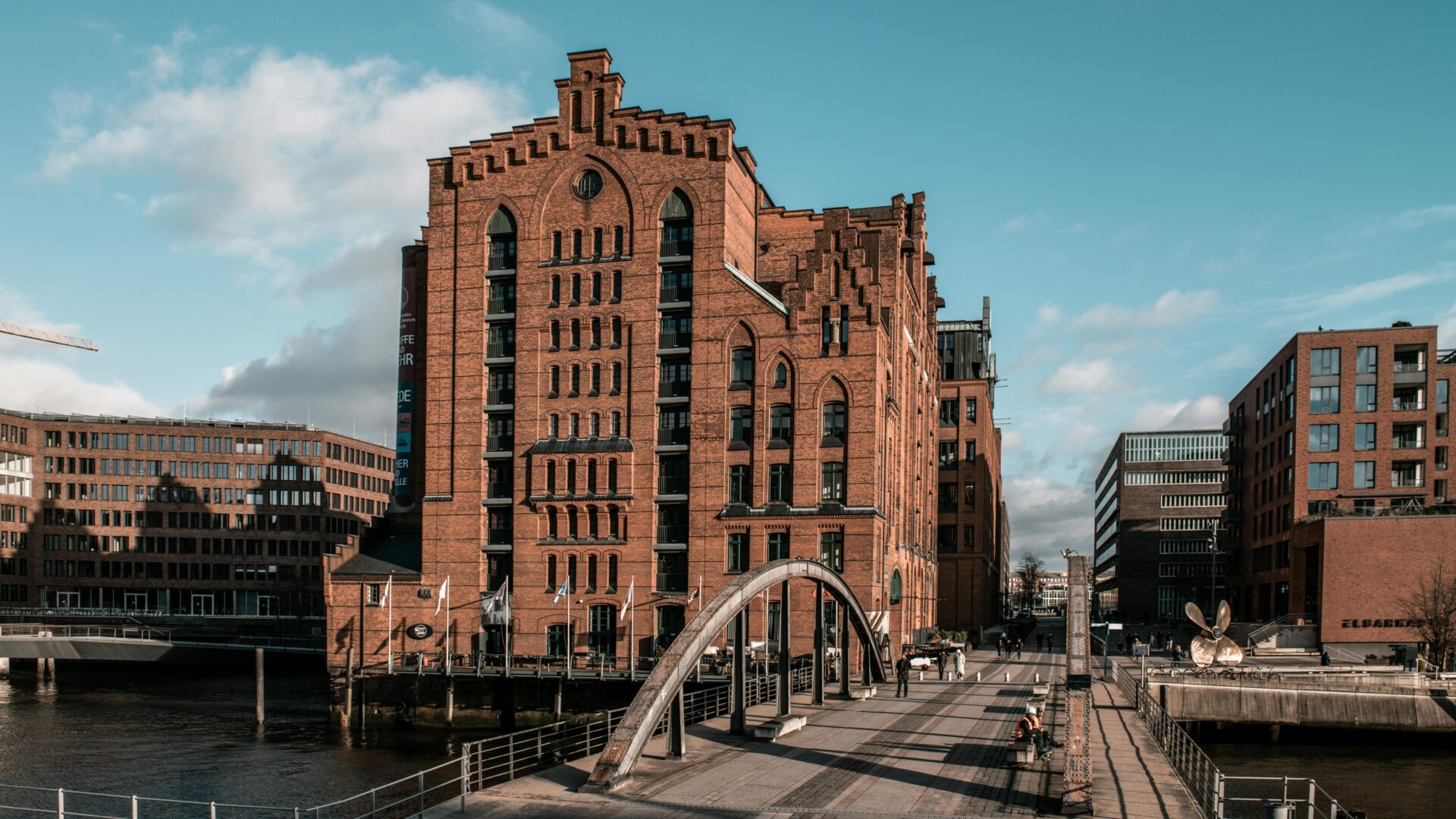
Architectural Landmarks: Elbphilharmonie and Marco Polo Tower
The Elbphilharmonie steals the show in HafenCity. Its wavy glass top rises above the city, perched on an old brick warehouse.
Inside, curved balconies and a glowing concert hall wow visitors from all over.
Not far away, the Marco Polo Tower twists skyward. Made from white concrete and glass, each floor shifts a bit to create a spiral effect.
Both landmarks use modern materials but fit right into their riverfront setting. They’ve become symbols of HafenCity’s mix of old and new.
Unilever House and Spiegel Publishing House
Unilever House sits right on the Elbe, open and filled with light. Its curved glass walls and green rooftops make it stand out.
The design lets sunlight pour in, all while saving energy.
Just a short stroll away is the Spiegel Publishing House. Its square glass façade and bold corners reflect a focus on transparency.
Inside, open offices and bright spaces set the scene for creative work.
These buildings house big international companies. Their designs show how business, green tech, and architecture can come together in HafenCity.

Sustainable Urban Planning and Renewal
HafenCity Hamburg uses creative solutions to breathe new life into an old port. It’s a sustainable district that links economic growth, environmental care, and smart technology.
The planners have built a modern model for urban living—one that actually works.
Urban Regeneration Strategies
The first thing that hit me when I arrived was how completely the area had changed. HafenCity expanded downtown Hamburg by about 40% and gave the historic port a whole new purpose.
City planners mixed homes, offices, schools, culture, shops, and parks all in one district. This blend keeps the neighborhood buzzing from morning to night.
They didn’t just build new structures—they saved some old warehouses, blending the past with the present.
The plan aimed to make room for thousands of new residents and businesses, but without losing the city’s soul. That’s what turned a forgotten industrial zone into a lively, welcoming neighborhood.
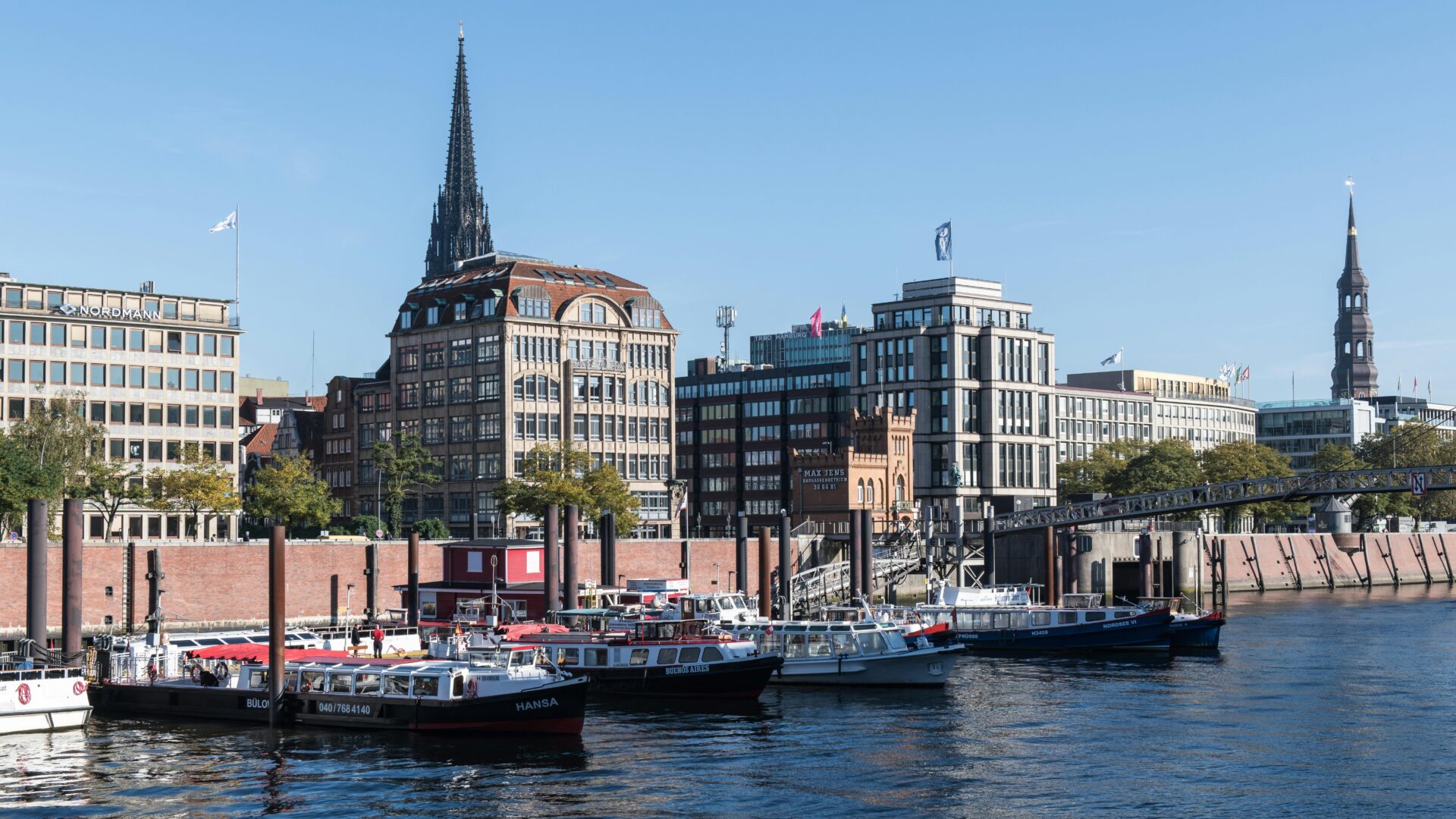
Artificial Compacted Mounds and Flood Protection
Because HafenCity hugs the Elbe, flooding was always going to be a big problem. Engineers tackled it by raising streets, walkways, and building plots on artificial compacted mounds.
Instead of hiding behind high levees, these mounds lift the whole area above flood levels. It’s a safer, more open way to live with water.
Parks and promenades also sit higher than the old ground. People can enjoy green spaces and shops without worrying about the next high tide.
This approach feels practical and sustainable—more about adapting than resisting.
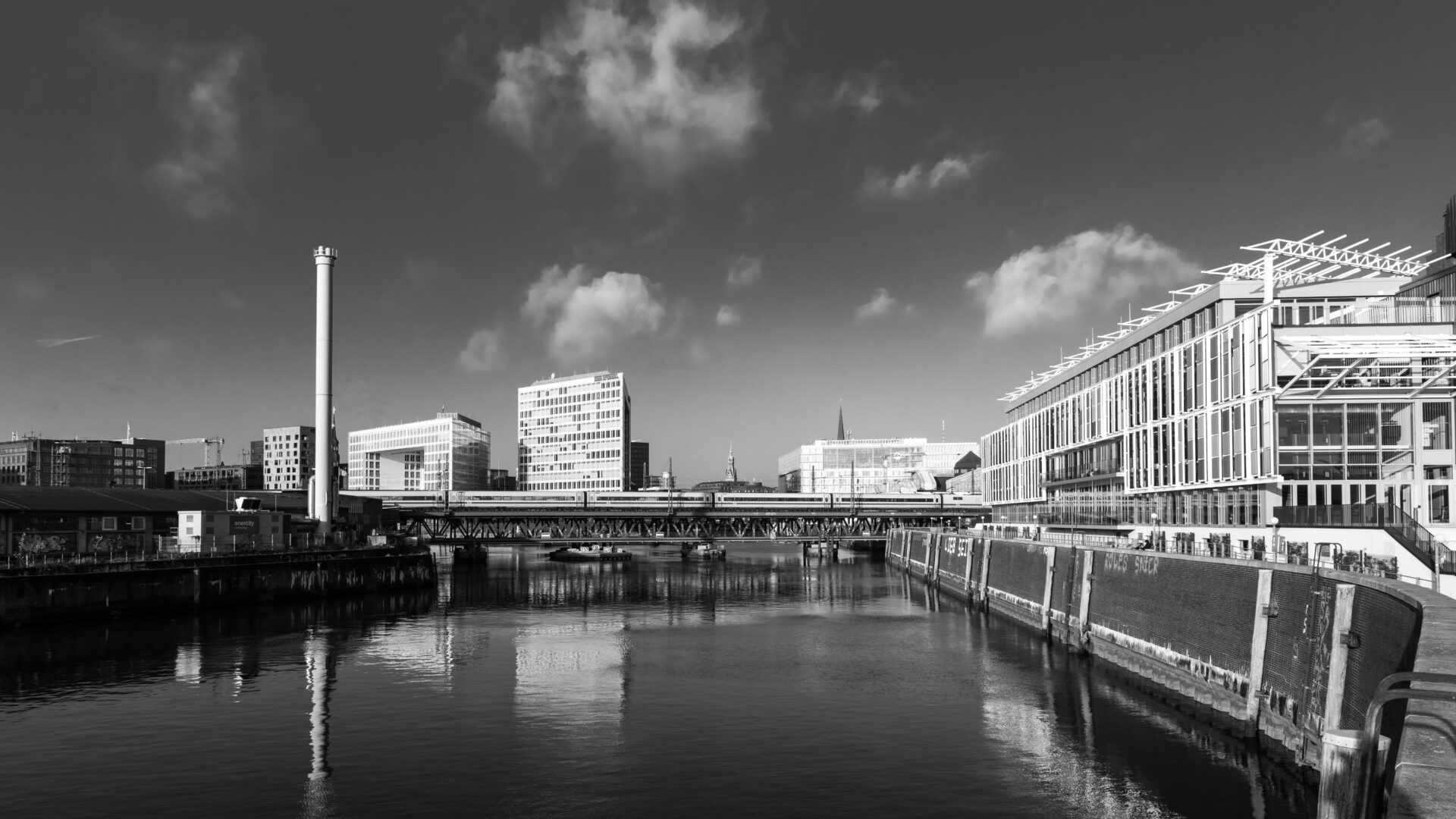
Integration of Renewable Energy Solutions
Energy use was a huge part of the planning here. I noticed plenty of buildings with solar panels, green roofs, and advanced heating systems.
Several blocks run on district heating from renewable sources like biomass and heat pumps. That cuts down on emissions and fossil fuel use.
Many offices and apartments are designed to maximize natural light and fresh air, so they waste less energy.
Some buildings even aim for zero-emission or certified sustainable status. These efforts help HafenCity meet tough climate goals, all while keeping things comfortable and modern.
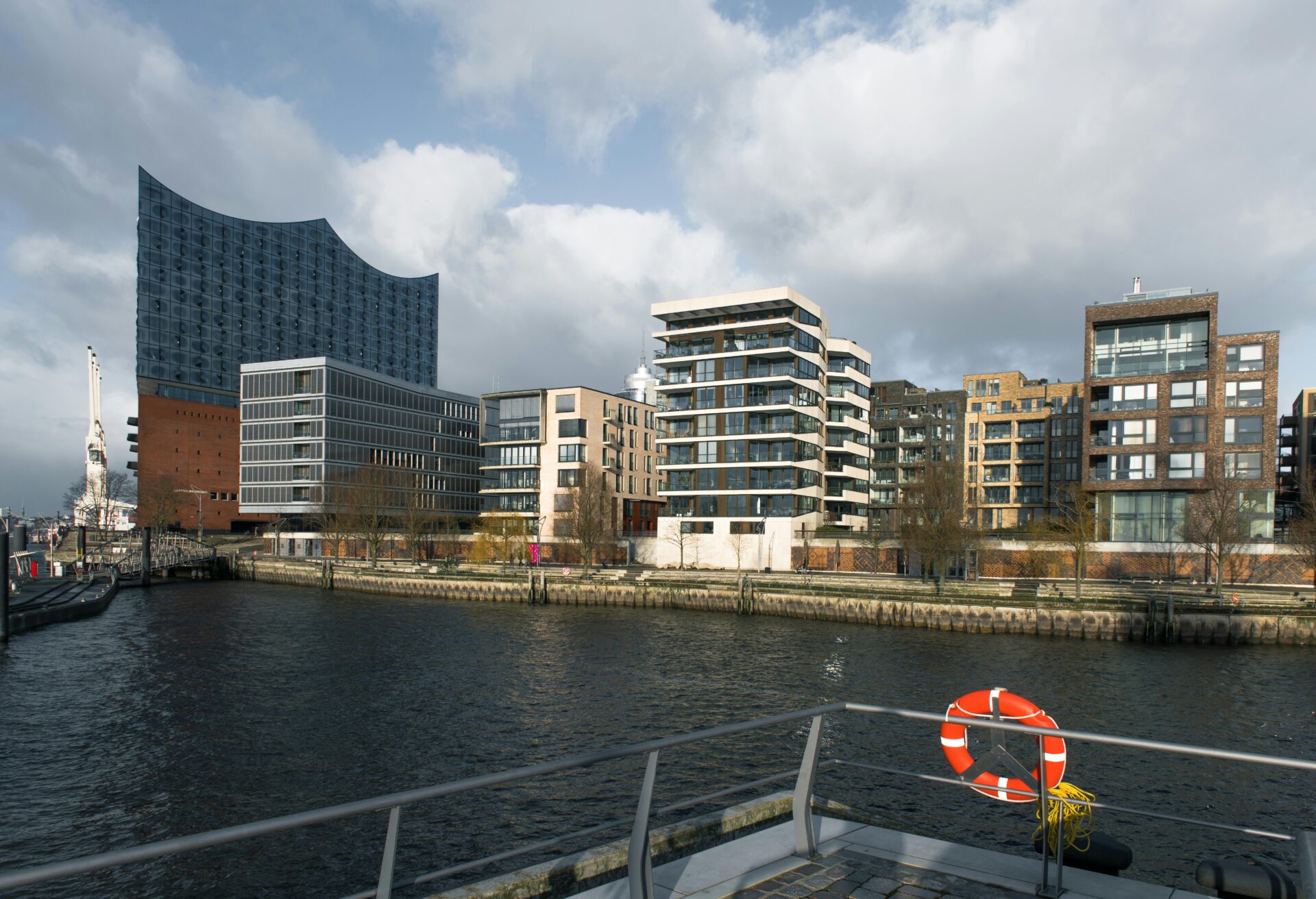
Balancing Urban Growth and Environmental Impact
HafenCity isn’t just growing—it’s growing carefully. One-quarter of the district is set aside as green space, with wide parks, leafy avenues, and riverfront walks.
All new projects get checked for their impact on nature and the community. Biking, walking, and public transport are everywhere, which keeps traffic and pollution down.
Planners use clear goals—like energy savings, air quality, biodiversity, and flood safety—to guide their choices:
| Area | Key Goal |
|---|---|
| Green Spaces | 25% of area dedicated to parks |
| Transport | Eco-friendly options preferred |
| Energy Use | High use of renewables |
| Building Standards | Focus on low emissions and safety |
By sticking to these goals, HafenCity proves that cities can grow without wrecking the environment.
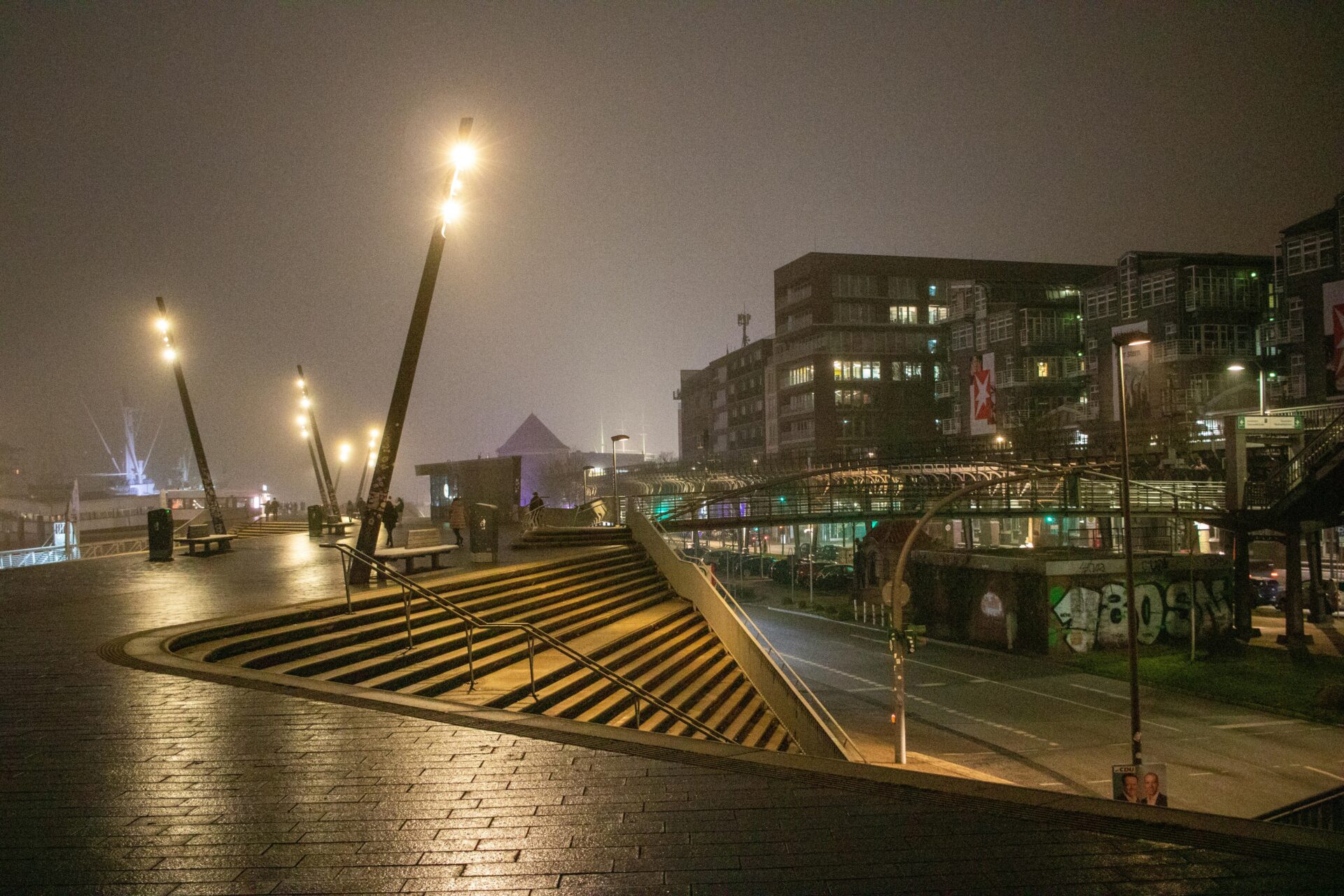
Living in HafenCity: Community, Housing, and Daily Life
Life in HafenCity is a mash-up of new apartments, diverse residents, and the constant thrum of construction. Modern buildings line the streets, where locals, students, and newcomers cross paths.
It’s a unique city vibe, just a stone’s throw from Hamburg’s old center.
Apartments and Affordable Housing Initiatives
HafenCity offers everything from luxury flats to affordable housing. Many buildings have huge windows, eco-friendly materials, and clever layouts.
While some places cater to the high-end crowd, the area also supports social housing. New developments set aside a chunk of units for lower-income residents.
This mix keeps the community from turning into an exclusive enclave.
About 26% of homes are subsidized or affordable, which is pretty impressive. Demand’s high, and waiting lists are long.
I think it’s great that planners have made space for families and younger people—not just the wealthy.
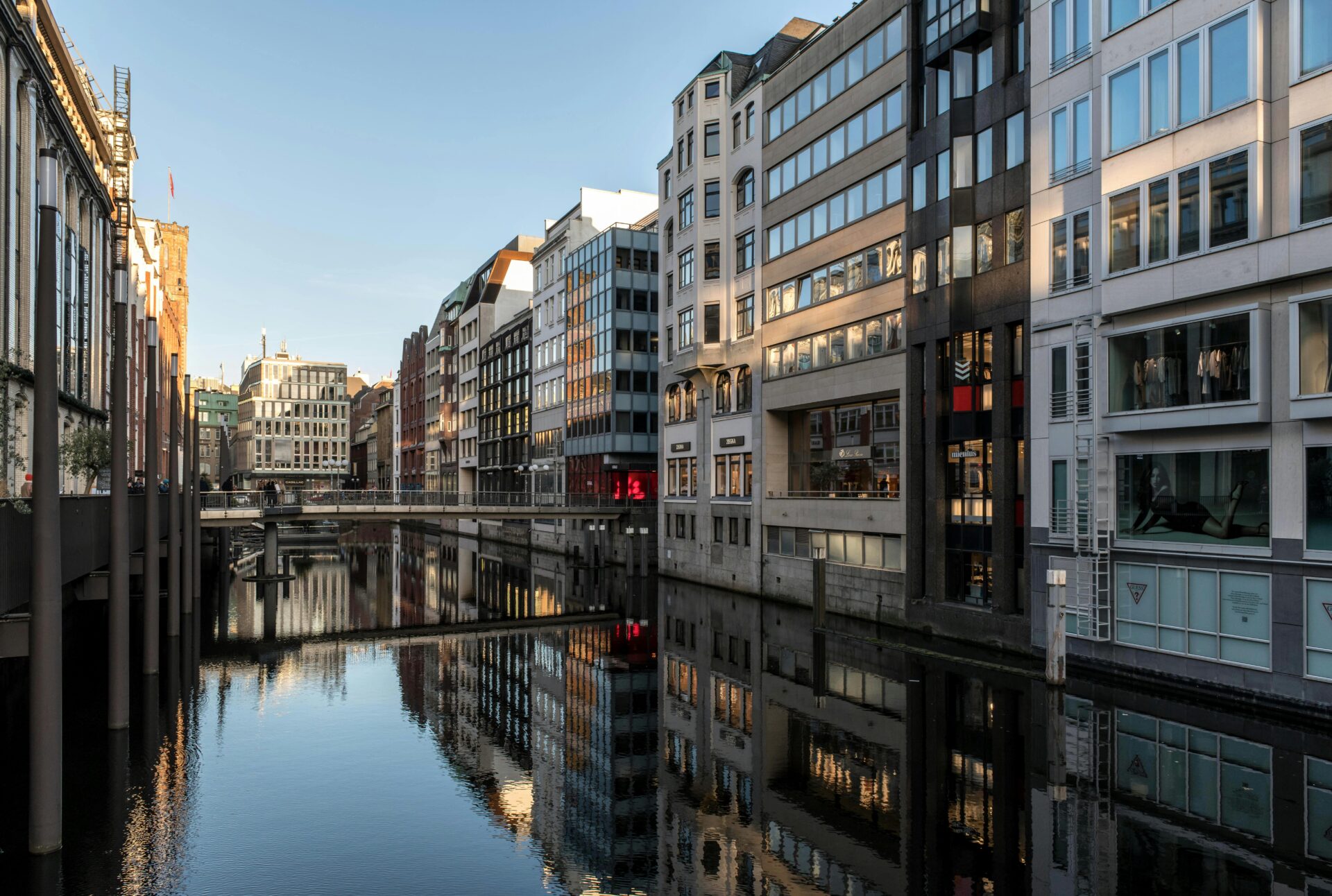
Diversity of Residents and Neighborhood Dynamics
Walking through HafenCity, I meet people from all over. There are Hamburg locals, international workers, students, and families.
Public spaces are always lively. Kids play in the parks, folks jog or relax by the river, and cafés buzz with conversation.
Shops and offices keep the streets busy on weekdays. On weekends, even more people show up.
Neighborhood events and markets make it easy to connect. There’s a real sense of community—newcomers and old-timers mixing together.
With so many backgrounds and ages, daily life here feels genuinely vibrant.
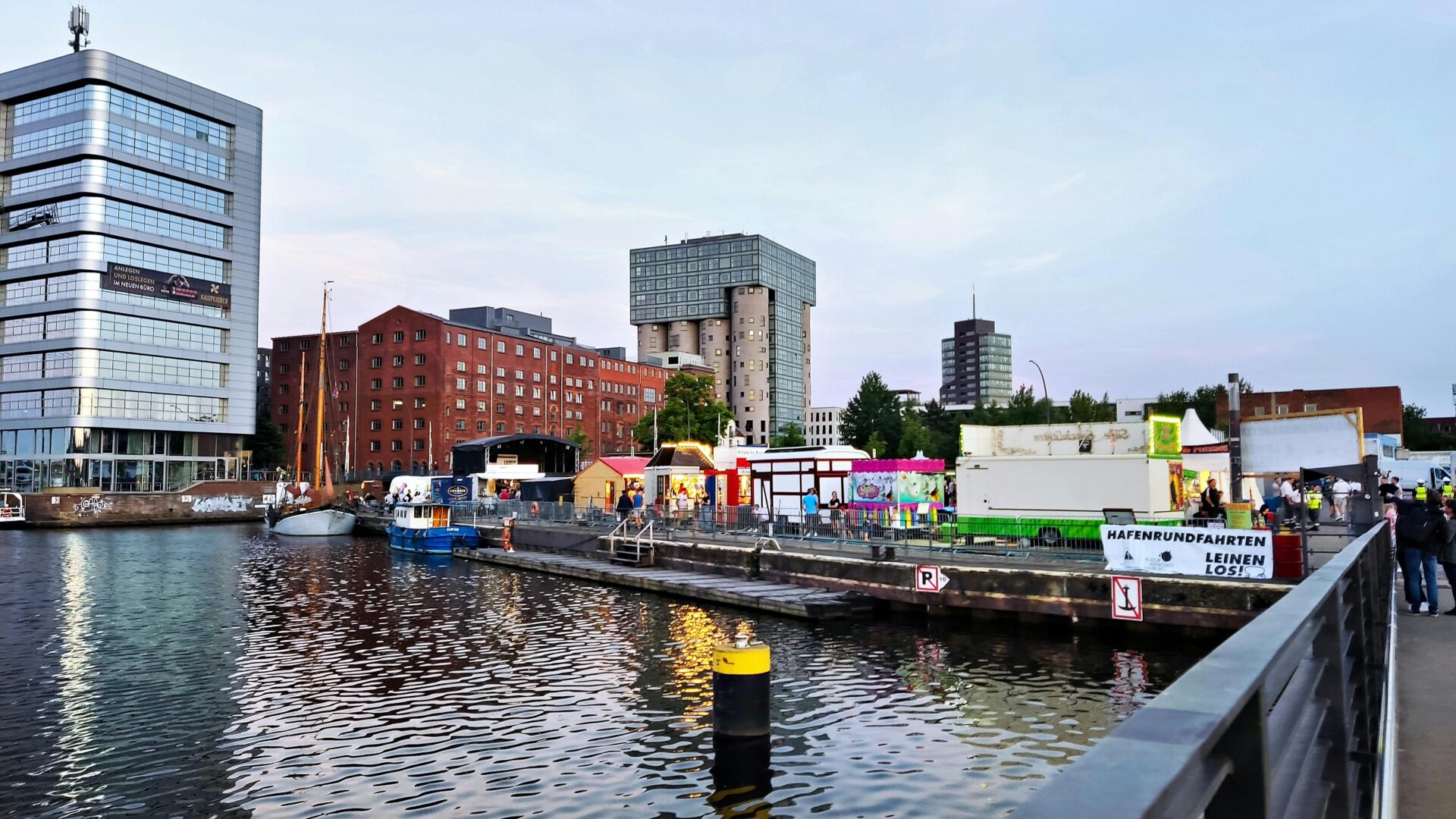
Construction Progress and Challenges
Construction is everywhere in HafenCity. Even after years of work, cranes and scaffolding still dot the skyline.
Building on old industrial land isn’t easy. Some roads close, early morning noise is a given, and detours pop up on my daily walks.
Still, I notice steady progress. New buildings open, and public spaces keep getting better.
Sometimes, delays hit because of tricky underground issues or the push for higher sustainability standards.
But most people I meet feel things are moving forward. The mix of finished and unfinished spaces shows just how ambitious this transformation really is.
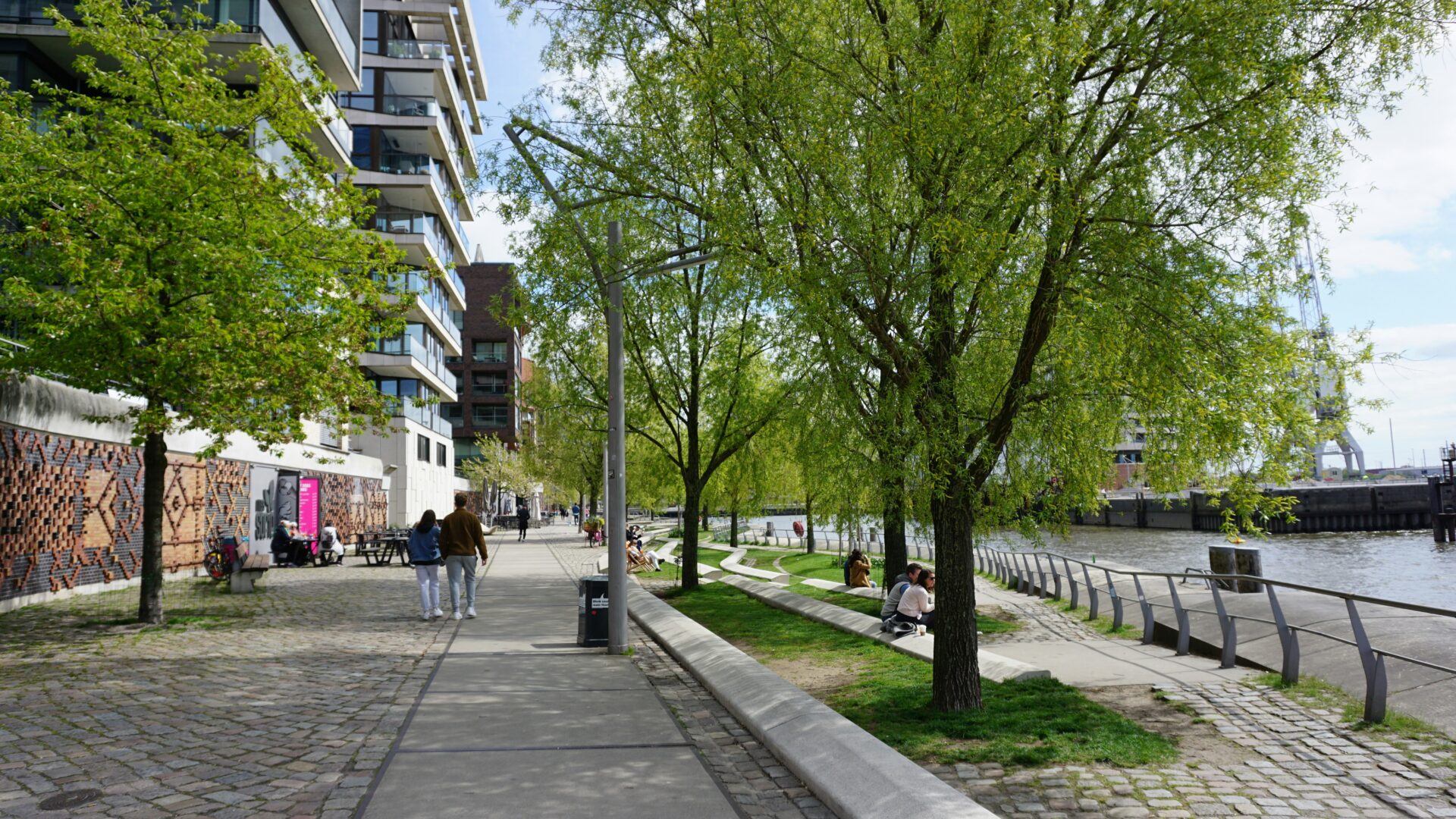
Public Spaces, Culture, and Recreation in HafenCity
HafenCity stands out for its creative public spaces, green zones, and endless options for leisure. Along the Elbe, the area feels alive with new parks, spots to relax, and plenty of culture and food to explore.
Parks and Promenades Along the Elbe River
Strolling along the Elbe, I found a chain of parks and broad promenades. These spaces invite locals and visitors to walk, jog, or just sit by the water.
Magellan Terraces and Sandtorpark are two of my favorites.
Picnic lawns, benches, and shady trees line the river’s edge. Kids play, couples unwind, and tourists snap photos of passing ships and those iconic modern buildings.
The greenery softens the city’s edges, making everything feel a bit calmer.
At night, the promenades glow with lights. It’s a safe, beautiful spot for evening walks. Watching the sunset from Marco Polo Terraces is something I’d recommend to anyone spending time in HafenCity.

Restaurants, Cafés, and Vibrant Social Life
HafenCity’s food scene really surprised me with its variety and quality. You’ll find plenty of restaurants and cafés right on the waterfront or tucked along lively public squares.
I wandered into Italian bistros, sampled hearty German dishes, and popped into coffee shops that felt like local favorites—all within just a few minutes’ walk. Some of the most popular places set up big outdoor terraces, so you can sit with a drink and watch the Elbe or just soak up the city’s energy.
One of my favorite ways to spend an afternoon was grabbing coffee where locals chatted and lingered. And honestly, the fresh seafood at some of the newer restaurants? So good—especially when they use local ingredients.
Summer brings even more life to the area. Food festivals and street events pop up often, drawing people together and making the public spaces feel even more vibrant and friendly.

Public Spaces in Urban Design
Public spaces really define HafenCity’s vibe. The city’s planners wanted to carve out open spots where people could chill, meet up, or catch whatever event happened to be going on.
Wide plazas and winding paths link up the new apartment buildings, offices, and schools with green parks and the waterfront. Honestly, it feels like you can wander anywhere on foot or hop on your bike and get there just as easily.
- Accessibility: You can reach every public space by walking or cycling.
- Safety: Bright lighting and open sightlines make it feel safe, even when it’s late.
- Multi-use areas: Plazas turn into markets, host concerts, or show off art installations all year.
There’s something special about how old brick warehouses stand right next to shiny new buildings. I love how each public area seems thoughtfully put together. HafenCity doesn’t come across as some sterile, modern project—it actually feels lived-in, like a real neighborhood.

